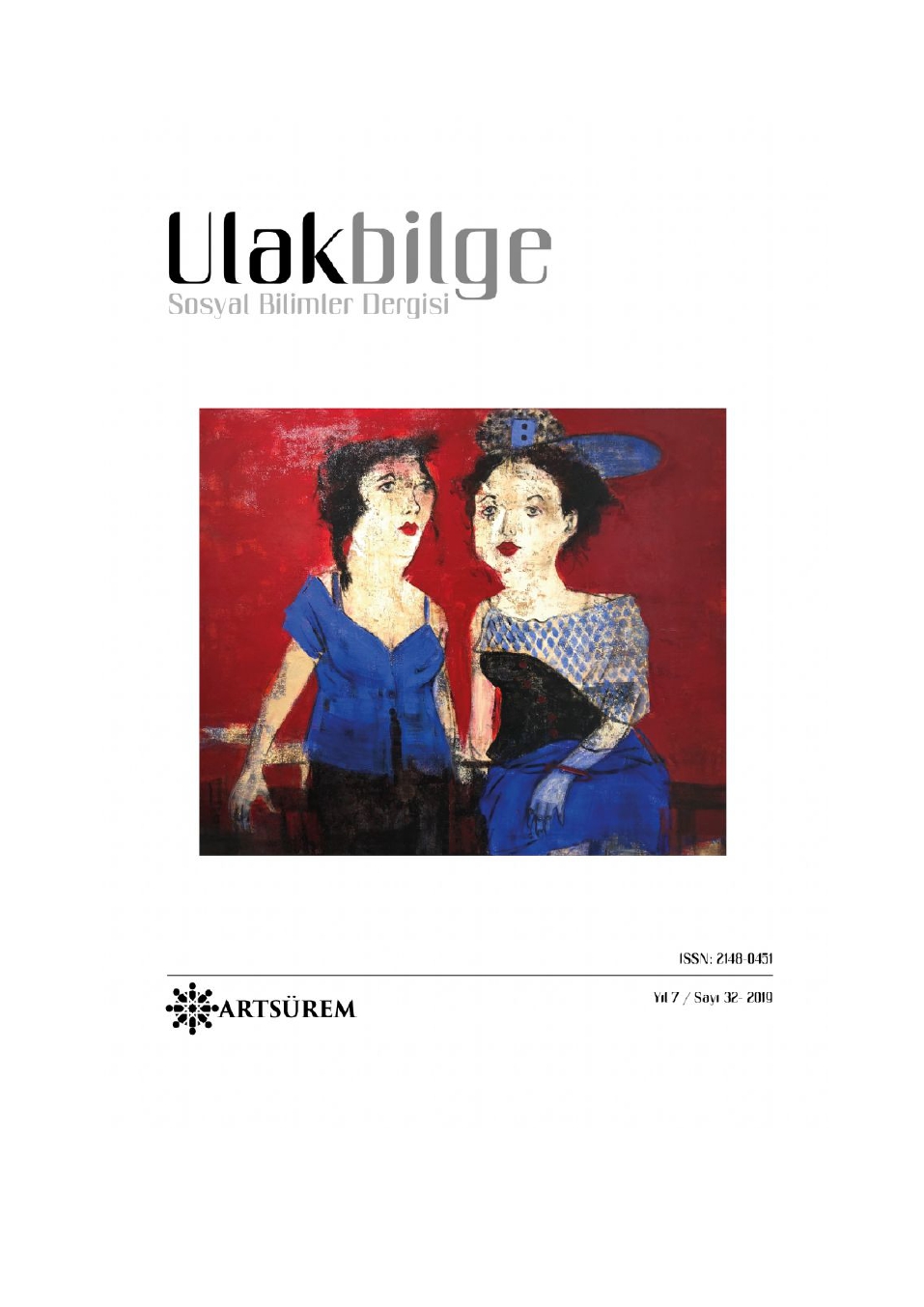21.YÜZYIL SOKAKLARINDA OPTİK YANSIMALAR
OPTICAL REFLECTIONS ON THE STREETS OF 21ST CENTURY
Author(s): Nazik Çelik YılmazSubject(s): Fine Arts / Performing Arts, Post-War period (1950 - 1989), ICT Information and Communications Technologies
Published by: Sanat ve Dil Araştırmaları Enstitüsü
Keywords: Optical art; street art; 3D art;
Summary/Abstract: Optical Art or Op-Art in short is an art movement that emerged in the 1960s. It aimed to create eye illusions and depth by using geometric shapes and lines. Although mainly black and white colors are used, the works are generally abstract. It is one of the striking movements in 20th century. The opt art effect seen almost in every field of life has also found reflections on streets. Optical effects have begun to take their place in architecture and street arts and have become a popular part of street arts since the 80s. This art was brought to the streets by important artists such as Edgar Mueller, Julian Beever, Kurt Wenners. Three-dimensional perfect illusions are seen in the works produced. 3D art is called art of pavements or anamorphic painting. Anamorphosis, which was an early Renaissance art concept, was originally used to decorate the magnificent cathedral ceilings. For the last 30 years, however, contemporary artists such as Kurt Wenner and Julian Beever have used the anamorphic painting to make flat surfaces such as sidewalks and streets three-dimensional. 3D art or the art of pavements is an art where three-dimensional illusions appear, the streets are used as canvases and it has taken its place within street arts. In the study, the movement of optical art is examined, 3D, anamorphic studies are examined and its place and effect within street arts is discussed.
Journal: Ulakbilge Sosyal Bilimler Dergisi
- Issue Year: 7/2019
- Issue No: 32
- Page Range: 35-51
- Page Count: 17
- Language: Turkish

